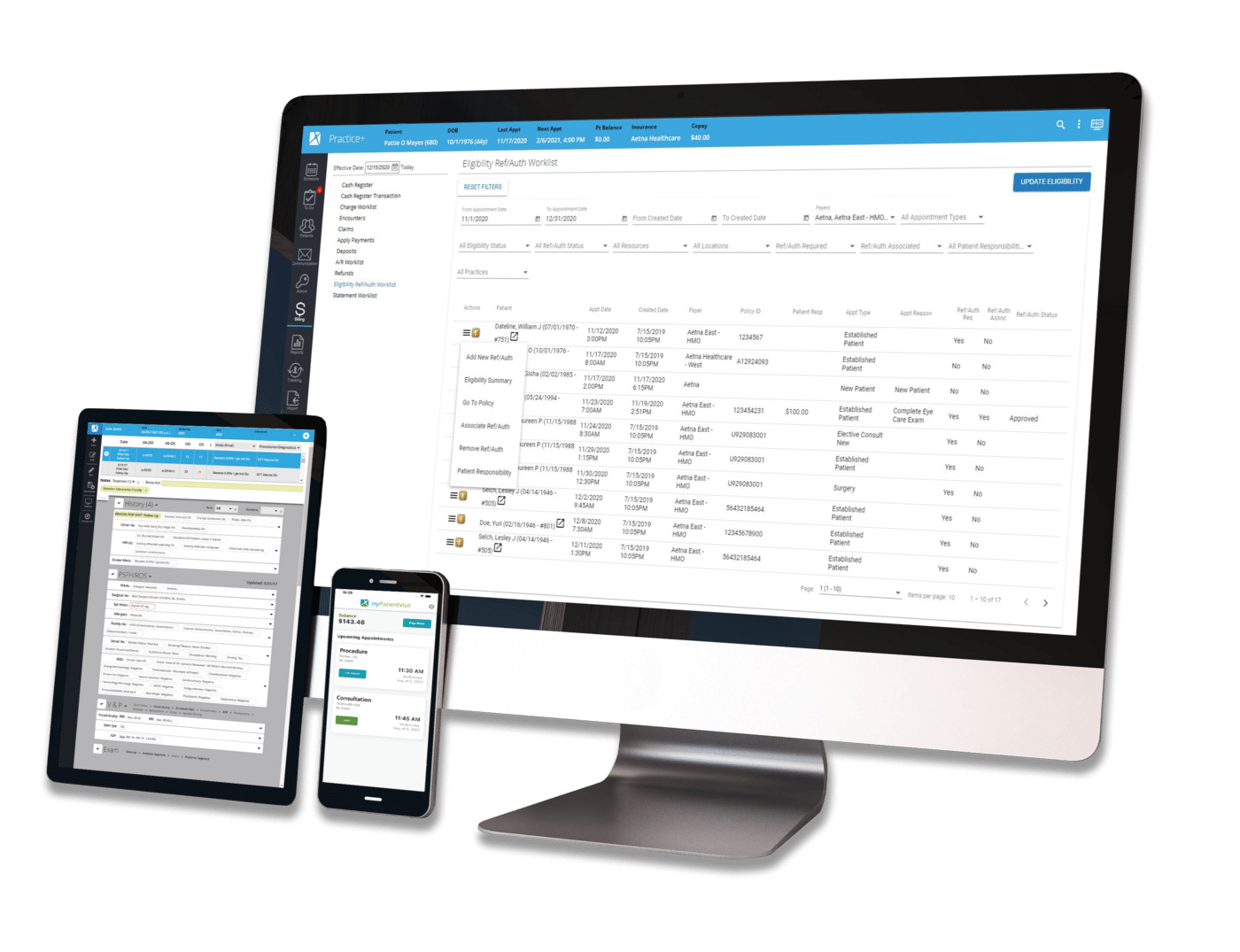Latest Articles
The latest news and information regarding electronic medical records, practice management software, HIPAA, and security from Nextech.

Clinical Efficiency | Healthcare Technology | Staff Management
By:
Jocelin Ing
November 19th, 2019
Bringing a new physician into your practice often starts long before his or her first day at work. First you had to actively recruit for the position. After compiling the initial pool of candidates, you then had to take time to conduct interviews and attend meetups before making the final selection. Then came salary negotiations, the final employment agreement and believe it or not, that was just the beginning. The onboarding of a new physician is often a multi-week process that includes verification of credentials, acquisition of ID numbers for items such as his or her medical license, DEA license, NPI, Medicare, etc. Then comes the process of applying for and obtaining necessary privileges and credentials for the practice’s accepted insurance plans as well as any relevant hospitals or ambulatory service centers.

Orthopedics | Clinical Efficiency | Staff Management
By:
Lester Parada
May 30th, 2019
Although all physicians suffer from burnout to some degree, some feel it more keenly than others. According to a recent survey in the Journal of Bone and Joint Surgery, orthopedic surgeons have one of the highest burnout rates, with nearly half the specialty expressing feelings of emotional frustration, depression and depletion.


Healthcare Technology | Staff Management
By:
Nextech
October 28th, 2014
As specialty practices become increasingly reliant on information technology, effective “onboarding”—systems training for new hires—is essential to productivity. Unless a new hire has used exactly the same set-up previously, there is an important learning process for each system to be used, whether electronic medical record (EMR), practice management, revenue management or patient engagement. Think about how much everyone in the practice had to learn at initial implementation; each new hire must go through that same process—without the benefit of group learning. Here are six best practices that will improve both the speed and effectiveness of onboarding: Assess the new hire’s computer skills during the hiring process. Don’t assume that everyone needs training only in specific systems. If a new hire worked previously at a primarily paper-based practice, determine whether you need to line up supplemental computer training or have other additional resources available as the start date approaches. Prepare for training in advance of the new hire’s arrival. To ensure that all helpful materials are available from day one, assemble vendor training materials and identify vendor resources appropriate for the new hire’s job function ahead of time. Practices should look for a vendor that provides unique training for each specific job function, ensuring new employees are able to leverage the system in a way that meets their unique workflow needs. Encourage peer-to-peer training. Nobody wants to begin work by pouring through training materials. One-on-one, real-time training from proficient users who perform the same function invites question-and-answer skill building and quicker mastery of specialty and practice specifics. Focus strictly on the new hire’s function. Very few people within any specialty practice need to use every feature of an EMR, for example. Plan onboarding around what the new hire must master to succeed in the assigned role. Set realistic expectations and communicate them clearly. As was the case with initial system implementations, not everyone learns at the same rate. Give a clear indication of the time expected for learning, and invite the new hire to ask for help when specific areas prove challenging.